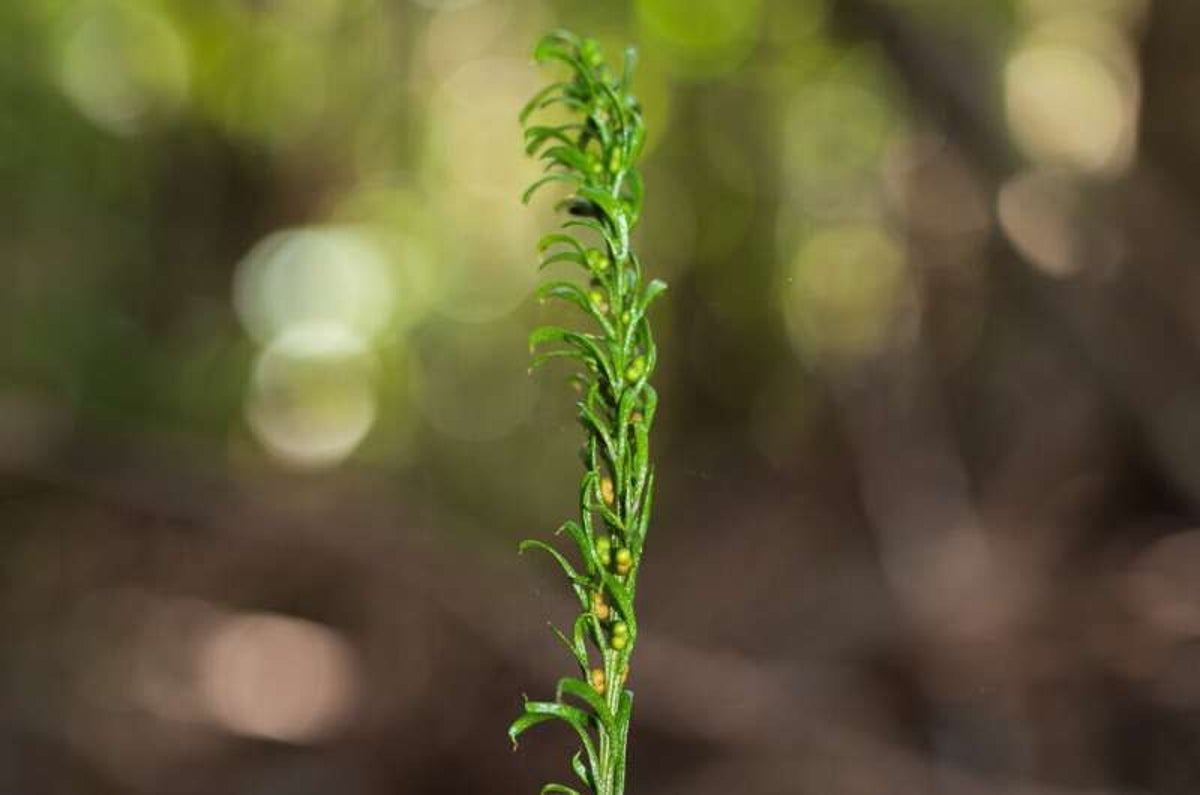
A fern plant has broken the record for the largest amount of genetic material stored in the nucleus of any living organism on the planet.
Researchers, including those from the Kew Royal Botanic Gardens, found that the New Caledonian fork fern species contains over 50 times more DNA than humans and has dethroned the Japanese flowering plant species Paris japonica, which has held this record since 2010.
The plant, named Tmesipteris oblanceolata, is a rare fern species found in New Caledonia, an overseas French territory situated in the Southwest Pacific, about 750 miles east of Australia.
“Tmesipteris is a unique and fascinating small genus of ferns, whose ancestors evolved about 350 million years ago – well before dinosaurs set foot on Earth – and it is distinguished by its mainly epiphytic habit [it grows mainly on the trunks and branches of trees] and restricted distribution in Oceania and several Pacific Islands,” study co-author Jaume Pellicer said.
“For a long time, we thought that breaking the previous size record of Paris japonica was going to be an impossible mission, but once again, the limits of biology have surpassed our most optimistic predictions,” Dr Pallicer said.
The Tmesipteris genus, according to researchers, is an understudied group of plants with about 15 species, most of which occur across a range of Pacific Islands and Oceania.
With over 100 meters of unraveled DNA, the plant now has three Guinness World Records titles, including for the largest plant genome, largest genome, and the largest fern genome.
The size of base genome is measured in terms of the number of pairs of its base molecules (bp) – Adenine, Guanine, Thymine, and Cytosine.
Two species of Tmesipteris – T tannensis and T obliqua – that were previously discovered were both found to contain gigantic genomes, at 73.19 and 147.29 gigabase pairs (Gbp) respectively.
Researchers then travelled to New Caledonia in 2023 to collect samples of Tmesipteris for analysing their genomes.
They isolated the nuclei of thousands of cells of the plant, stained them with a dye, and measured how much dye had bound to the DNA within each nucleus – providing a measure of the size of the genome.
Scientists found that T oblanceolata had a record-breaking genome size of 160.45Gbp – about 7 per cent larger than that of the Japanese plant P japonica (148.89Gbp).
When the plant’s DNA is unravelled from each cell, it would stand taller than the Elizabeth Tower in Westminster, London, researchers said.
In comparison, the human genome contains about 3.1Gbp, which when stretched out will measure only about 2m.
Among animals, some of the largest genomes belong to the marbled lungfish at 129.90Gbp and the Neuse River waterdog at 117.47Gbp.
“Compared to other organisms, plants are incredibly diverse when viewed at the DNA level, and that should make us pause to think about their intrinsic value in the wider picture of global biodiversity,” Ilia Leitch from Kew said.
“This discovery also raises many new and exciting questions about the upper limits of what is biologically possible, and we hope to solve these mysteries one day,” Dr Leitch added.







